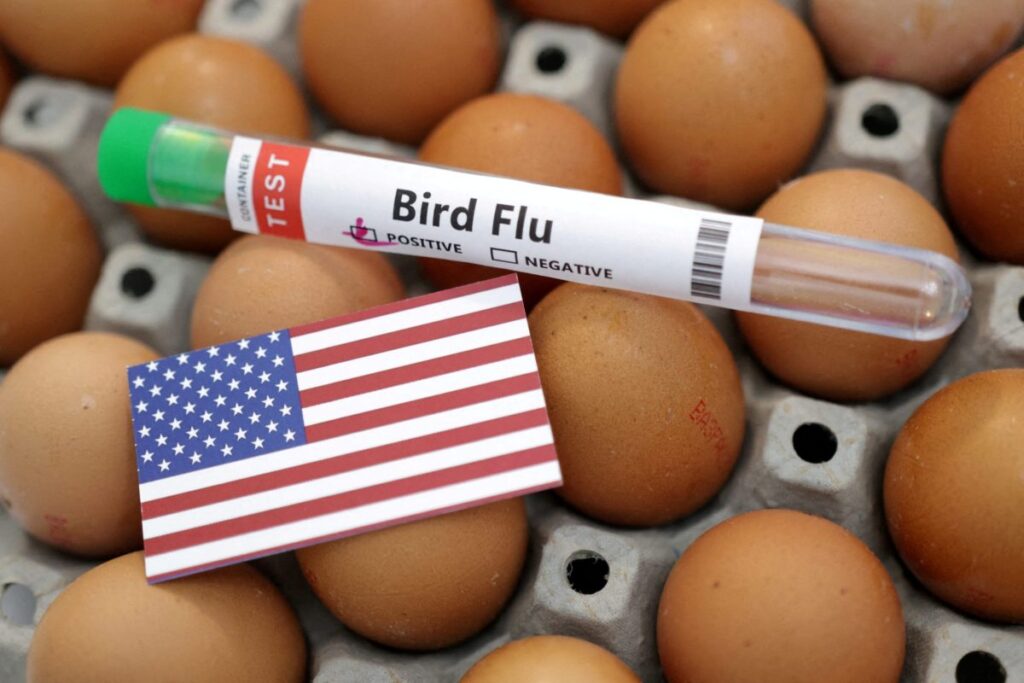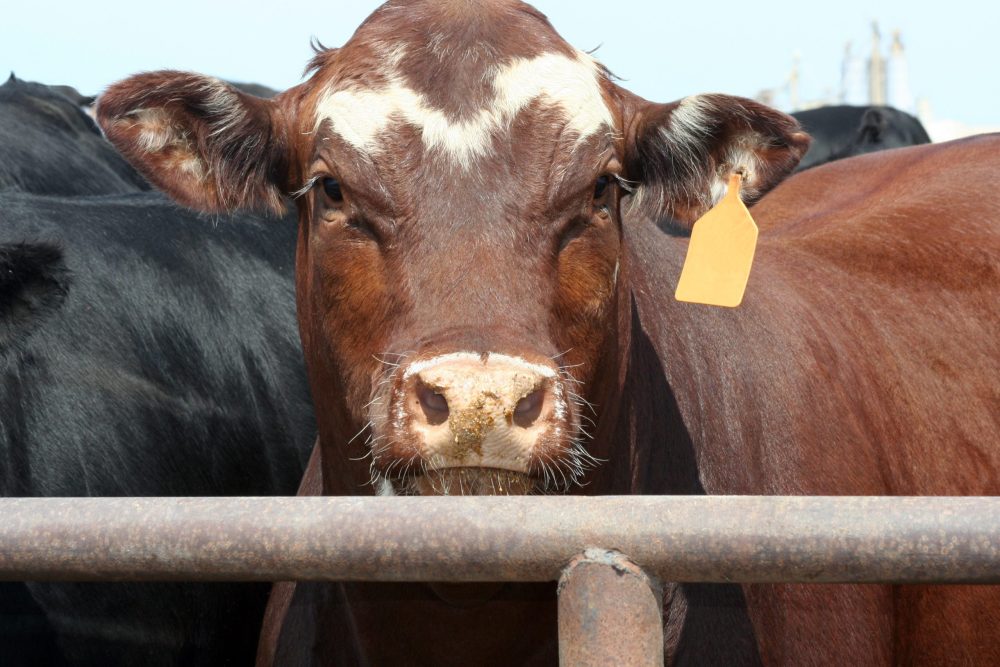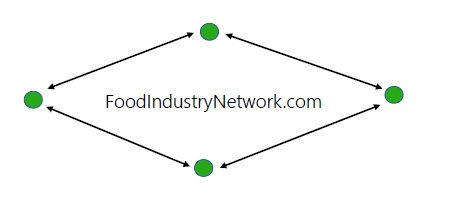Bird Flu Update: Mass layoffs hit U.S. Food and Drug Administration

Glacier FarmMedia | MarketsFarm – The reporting of avian influenza in the United States could become more difficult as a good many staff who were following the outbreak were fired by the Trump administration, according to the American Veterinary Medical Association.
In the fallout from the job losses, AVMA president Sandra Faeh said the association wants to work with Congress and the Trump administration to restore key positions with the U.S. Food and Drug Administration. In particular, those that dealt with bird flu, animal and human food safety and other issues. The AVMA cited the leadership and administrative staff fired at the FDA’s Veterinary Laboratory Investigation and Response Network which tests pet food for bird flu.
Read Also


U.S. livestock: Tariffs pull down beef, pork
Live and fed cattle futures on the Chicago Mercantile Exchange were lower on Thursday, following the trend in most North…
Since 2022, almost 170 million poultry have been culled in the U.S., which has led to an egg shortage. That has been alleviated somewhat by egg imports from other countries such as Turkey.
In Canada, reports said that massive loss of poultry has resulted in a shortage of broiler chicks in Nova Scotia and Prince Edward Island as most of the chicks are imported from the U.S.
Then in Bruce Country, Ont. a number of wild birds found dead near Lake Huron tested positive for bird flu, Grey Bruce Public Health said. Late last month in Lambton County, the public health service was investigating a second reported case of the disease in birds. This came after it was confirmed to be on a poultry farm in early March.
While bird flu has been reported in all of the provinces, there are concerns that migrating birds could spread the illness much further. A CBC report stressed four key points: bird flu mutating with humans becoming susceptible to it, the level of co-operation from the U.S., any major outbreaks or culling at Canadian poultry operations, and the federal government and provinces bracing for more human infections with concerns about a pandemic.
Source: Farmtario.com


